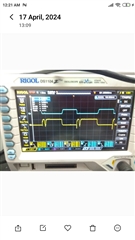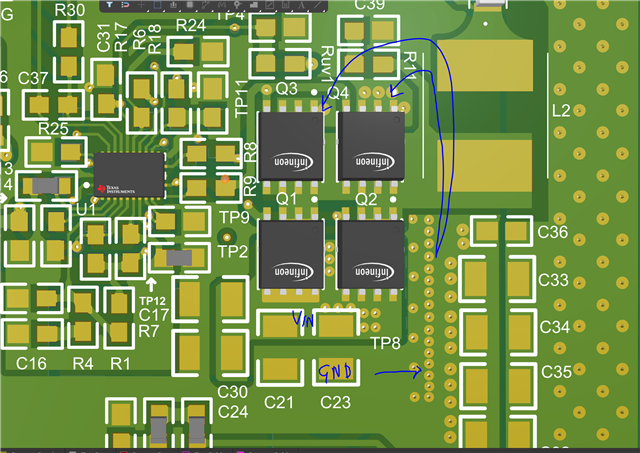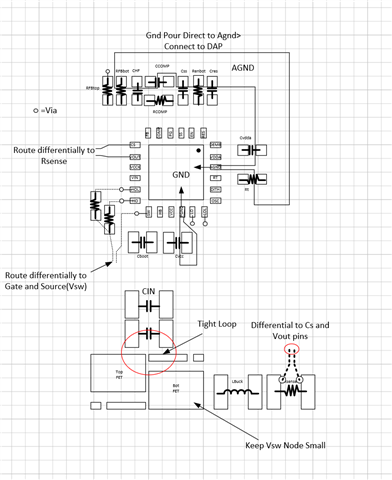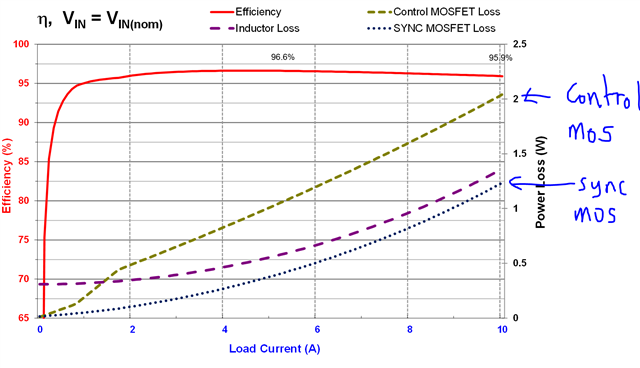Other Parts Discussed in Thread: LM5145, LM5149, , LM25149
Hello
I have designed a dc to dc buck converter of following specs
Input voltage15V to 80V
Output voltage: 12V 10A
After connecting a load of 7.8A, the waveforms for switching and Ho are all messed up, as you can see in the picture. Along with this both the HO and LO MOSFETs, plus the inductor, are getting really hot and inductor making a lot of noise. Can you help me fix this? I've included my schematic and PCB layout files. Also, I'm using IAUC28N08S5L230 MOSFETs for both HO and LO and an SRP1265A-6R8M inductor.
8508.RM-004-V-01.SchDoc2313.RM-004-V-01.PcbDoc







